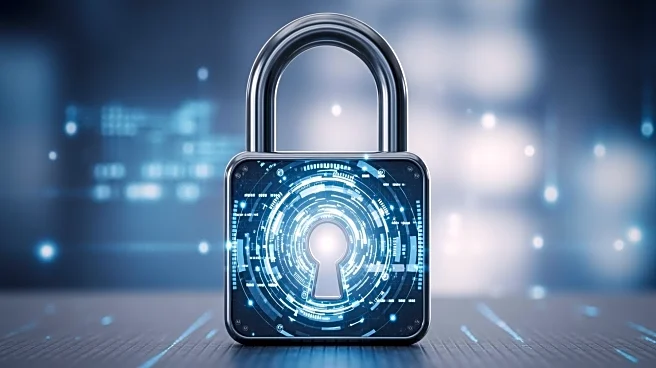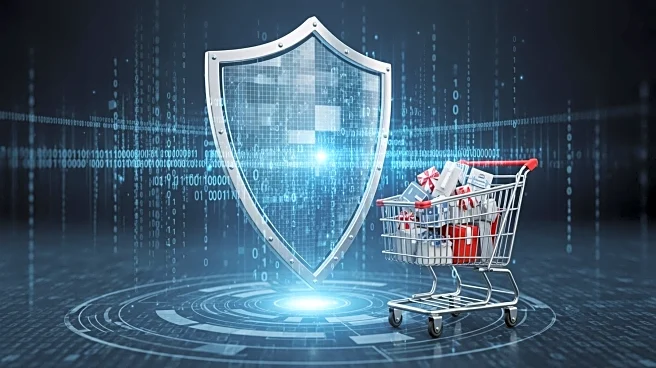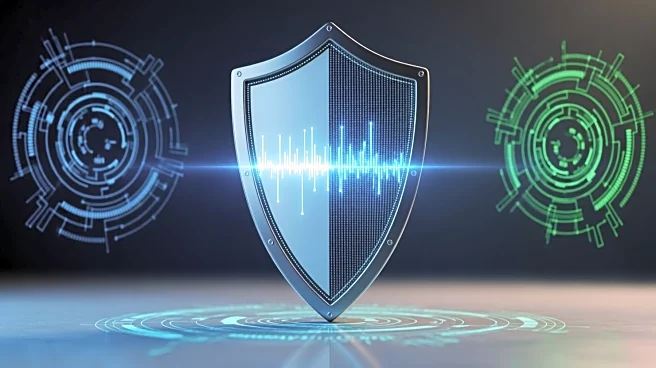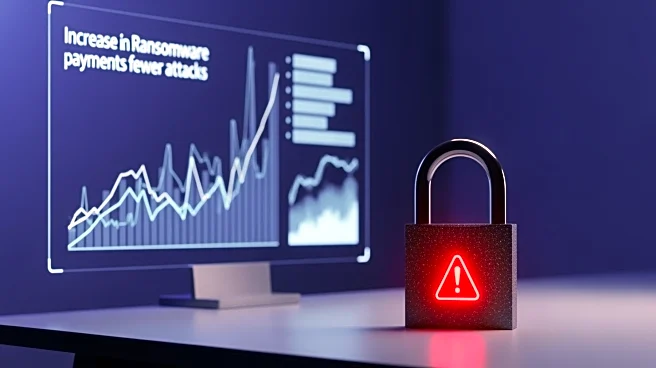What's Happening?
Organizations affected by ransomware attacks have seen a significant increase in ransom payments, averaging $3.6 million this year, which marks a 44% rise compared to last year. This surge occurs despite a 25% decrease in the number of ransomware incidents.
The healthcare and government sectors have been particularly impacted, often providing the highest ransoms. According to a report from ExtraHop, the increase in ransom payments is driven by more sophisticated ransomware operations and a broader attack surface. Key attack surfaces include public cloud infrastructure, third-party integrations, and generative artificial intelligence applications. Phishing, software vulnerabilities, and supply chain compromises are identified as primary intrusion vectors. Ransomware incidents typically result in approximately 37 hours of downtime and are usually contained within two weeks. However, response and recovery efforts are often hampered by inadequate visibility, talent shortages, and alert fatigue.
Why It's Important?
The rise in ransomware payments, despite fewer attacks, highlights the growing sophistication and impact of cyber threats on critical sectors such as healthcare and government. These sectors are crucial for public welfare and national security, making them attractive targets for cybercriminals. The financial burden of ransom payments can strain resources and divert funds from essential services. Additionally, the downtime caused by ransomware attacks can disrupt operations, affecting service delivery and public trust. The reliance on public cloud infrastructure and third-party integrations increases vulnerability, necessitating enhanced cybersecurity measures. Organizations must prioritize attack surface mapping, vulnerability discovery, and internal network traffic monitoring to mitigate risks. The findings underscore the need for improved cybersecurity strategies and investments to protect sensitive data and maintain operational continuity.
What's Next?
Organizations are expected to enhance their cybersecurity frameworks to address the evolving threat landscape. This includes adopting advanced technologies for attack surface mapping and vulnerability discovery, as well as increasing vigilance on novel attack techniques. The focus will likely shift towards improving visibility and reducing alert fatigue to streamline response and recovery efforts. Stakeholders in the healthcare and government sectors may advocate for increased funding and resources to bolster cybersecurity defenses. Collaboration between public and private sectors could be crucial in developing comprehensive strategies to combat ransomware threats. Additionally, there may be a push for regulatory measures to ensure robust cybersecurity practices across industries.
Beyond the Headlines
The surge in ransomware payments despite fewer attacks suggests a shift in cybercriminal strategies, focusing on high-value targets and exploiting vulnerabilities in emerging technologies. The integration of artificial intelligence in ransomware operations could lead to faster and more efficient attacks, challenging traditional defense mechanisms. Ethical considerations arise regarding the balance between paying ransoms to restore operations and the potential encouragement of further criminal activity. Long-term implications may include increased scrutiny on third-party service providers and a reevaluation of cloud infrastructure security. Organizations may need to adopt a zero-trust architecture to minimize risks associated with external integrations.













